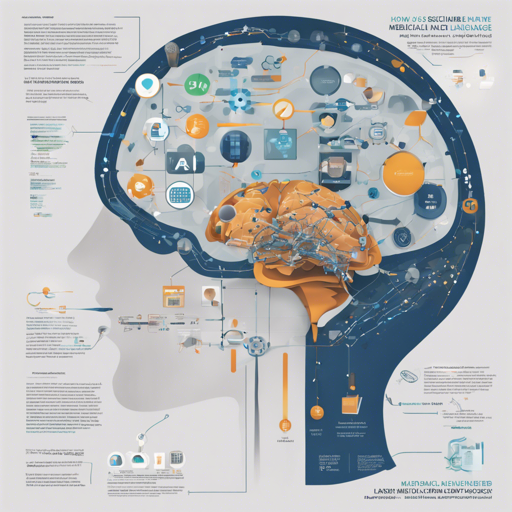The SciFive Pubmed+PMC Large model is a powerful tool designed to achieve state-of-the-art results on MedNLI (Medical Natural Language Inference). In this article, we will guide you through using this remarkable model to analyze medical texts.
Introduction
Finetuned to perform exceptionally on medical literature, the SciFive model can generate logical conclusions based on medical sentences, aiding healthcare professionals and researchers alike. For a more in-depth understanding of the model, check out the paper titled SciFive: a text-to-text transformer model for biomedical literature.
Step-by-step Guide to Using SciFive Model
Here’s how to harness the SciFive model for your medical language inference tasks:
- Install the necessary libraries (ensure you have
transformersinstalled). - Import the required modules to prepare your data.
- Load the tokenizer and model from the pretrained SciFive Large model.
- Input your medical sentences for inference.
- Process the generated output.
Code Implementation
Below is a simple implementation in Python:
python
from transformers import AutoTokenizer, AutoModelForSeq2SeqLM
tokenizer = AutoTokenizer.from_pretrained("razent/SciFive-large-Pubmed_PMC-MedNLI")
model = AutoModelForSeq2SeqLM.from_pretrained("razent/SciFive-large-Pubmed_PMC-MedNLI")
model.cuda()
sent_1 = "In the ED, initial VS revealed T 98.9, HR 73, BP 12190, RR 15, O2 sat 98% on RA."
sent_2 = "The patient is hemodynamically stable"
text = f"mednli: sentence1: {sent_1} sentence2: {sent_2}"
encoding = tokenizer.encode_plus(text, padding='max_length', max_length=256, return_tensors='pt')
input_ids, attention_masks = encoding['input_ids'].to('cuda'), encoding['attention_mask'].to('cuda')
outputs = model.generate(
input_ids=input_ids, attention_mask=attention_masks,
max_length=8,
early_stopping=True
)
for output in outputs:
line = tokenizer.decode(output, skip_special_tokens=True, clean_up_tokenization_spaces=True)
print(line)
Understanding the Code: An Analogy
Imagine you are a skilled chef (the model) preparing a delicious dish (the inference) in a highly specialized kitchen (the Python environment). The ingredients (sentences) you choose will determine how tasty the dish will be. You have a recipe book (the tokenizer) that tells you how to combine ingredients efficiently. Each step you take, from measuring the ingredients to cooking them (encoding), is essential for creating the perfect dish. Finally, when you unveil your culinary masterpiece (the output), you can savor the results of your careful preparation!
Troubleshooting
While working with the SciFive model, you may encounter some challenges. Here are common issues and their solutions:
- Issue: Memory errors when processing large datasets.
- Solution: Try reducing the
max_lengthparameter to lower memory consumption. - Issue: Unable to load the model or tokenizer.
- Solution: Ensure that you have an active internet connection and the correct model name.
- Issue: Unexpected output or errors in processing.
- Solution: Double-check the format of your input text and ensure it matches the expected format.
For more insights, updates, or to collaborate on AI development projects, stay connected with fxis.ai.
Conclusion
The SciFive Pubmed+PMC Large model is not just a tool; it’s your ally in navigating the complex world of medical data. By following these steps, you can effortlessly utilize the model for valuable insights in healthcare.
At fxis.ai, we believe that such advancements are crucial for the future of AI, as they enable more comprehensive and effective solutions. Our team is continually exploring new methodologies to push the envelope in artificial intelligence, ensuring that our clients benefit from the latest technological innovations.

